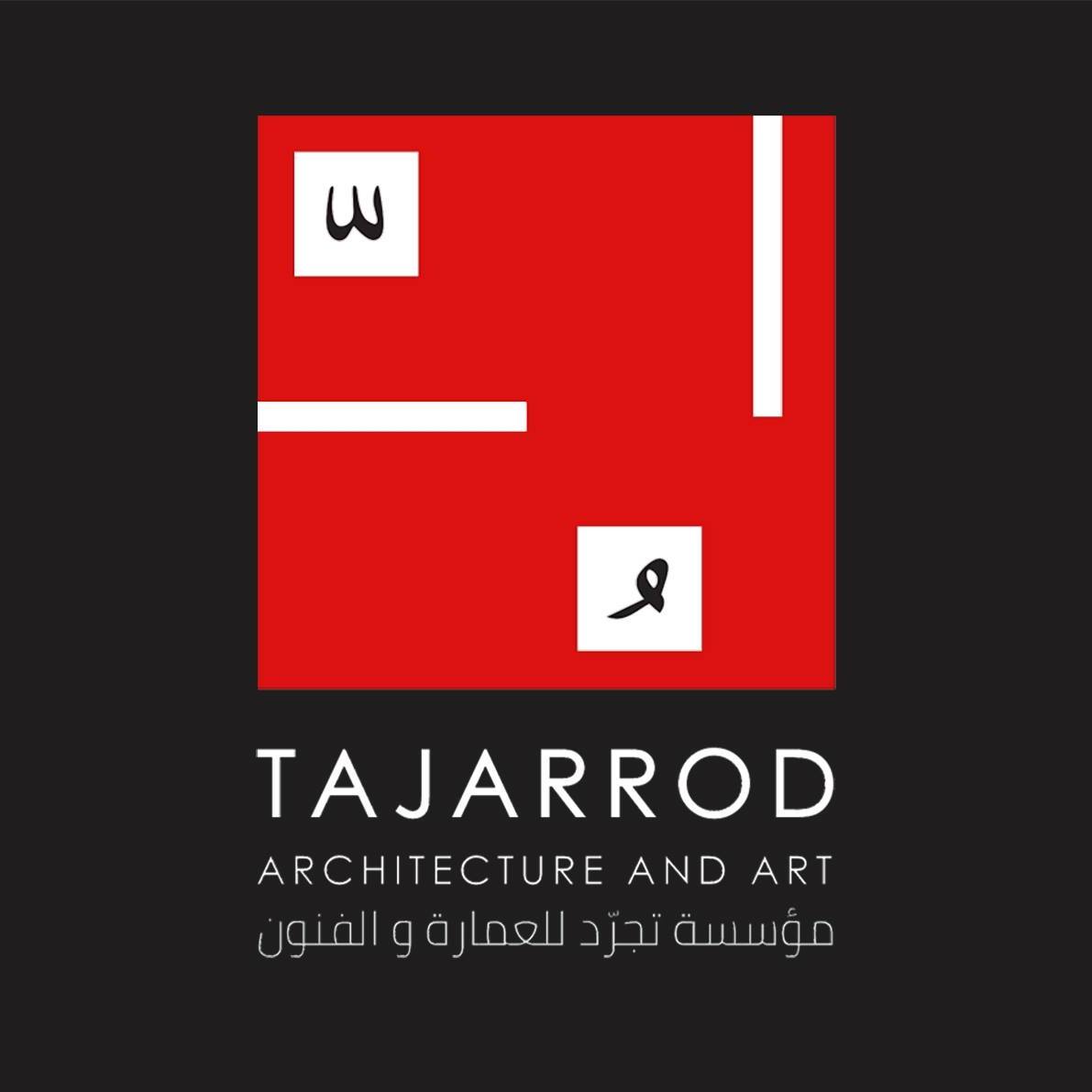في اليوم الاول من (ورشة الفن كأداة ناقدة) مع المعماري والفنان ساري الفيتوري، ضمن برنامج (طلائع) التعليمي في مشروع المسيرة، تناولنا مع المشاركين إمكانية الفن كأداة ناقدة وضرورة من ضرورات الحياة اليومية اكثر من مجرد جماليات “ديكورية”.
في نهاية اليوم خاض المشاركون تمرين ربط العلاقات المحتملة بين 4 ملفات من السياق الليبي، تحليل خطاباتها، ونقاشها..
وكانت كالتالي: ملف المسح العالمي للقيم، ملف بصري عام لتاريخ ليبيا، ملف دستور ليبيا 1951، وملف الكتاب الاخضر لمعمر القذافي. ومهد هذا التمرين العمل الفني الناقد الجماعي (خطوط حمراء) الذي قام المشاركون بتركيبه في اليوم الثاني في حديقة المرافق في وسط البلاد ببنغازي.
نبذة:
يتجاوز الفنان حدود التخصص والطبقة – بمعنى الفنان كمعماري، وكاتب، ومثقف عام- ويقترب من (اشكالات القيم التاريخية الاجتماعية والثقافية والسياسية للمجتمع)، في مهمة تفكيكها (فهمها)، وسردها (التعبير عنها)، وإعادة بناءها بالوسائل الابداعية.
تقدم هذه الورشة منهجية: الجرد: (التحليل التاريخي)، ثم السرد (إنتاج معرفة ناقدة) واخيراً الحركة (تجسيد المعرفة في تنظيم ثقافي، كالمعارض والحوارات وورش العمل.الخ.) كنموذج لكسر عزلة الفنان عن المجتمع وتحفيزه على التعبير عن ذاته وافكاره النقدية والاصلاحية في فضاء مدني حر.
يتبع اليوم الثاني..
شكر خاص لبراح الثقافة والفنون لإستضافتهم الكريمة ودعمهم المتواصل .
تصوير: ساني الفيتوري
On the first day of (Art as a Critical Tool Workshop) with the architect and artist Sarri Elfaitouri, within the (Frontliners) educational program in the March project, we discussed with the participants the possibility of art as a critical tool and a necessity of daily life more than just “decorative” aesthetics. The artist transcends disciplinary and class boundaries – in the sense of the artist as an architect, writer, and public intellectual – and approaches (the problems of the historical, social, cultural and political values of society), in the task of deconstructing (understanding), narrating (expressing), and reconstructing them by creative means.
This workshop presents the methodology: INVENTORY: (historical analysis), then Narrative (production of critical knowledge) and finally Movement (materialising knowledge in a cultural space, such as exhibitions, dialogues, workshops, etc..) as a model for breaking artists isolation from society and motivating them to express themselves and their critical and reformist ideas In a free urban space.
At the end of the day, the participants undertook an exercise linking potential relationships between 4 files from the Libyan context, analysing their discourses, and discussing them.
File 1: of the global survey of values, File 2: a general visual archive of the history of Libya, File 3: the Libyan constitution 1951, and File 4 the Green Book. This exercise paved the way for the collective critical artwork (Red Lines) that the participants installed on the second day in the Facilities Park in downtown, Benghazi.
The second day follows…
Special thanks to Barah for Culture and Arts for their generous hosting.




